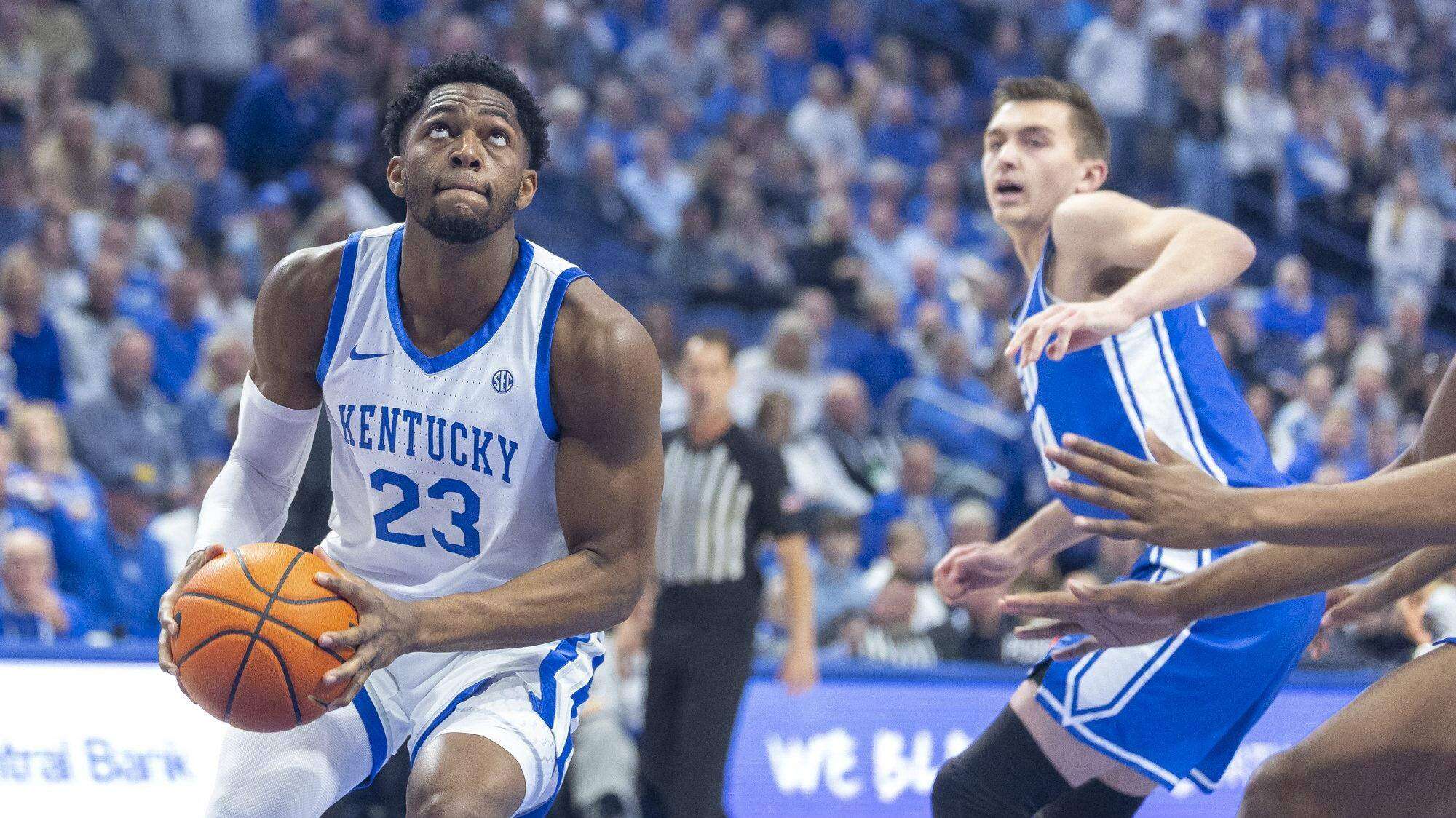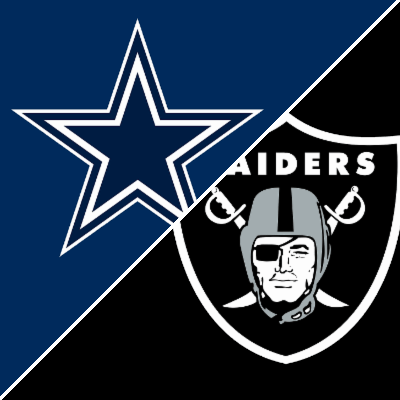Michigan State vs Kentucky Basketball Analysis: Champions Classic Showdown at Madison Square Garden
The 2025 Champions Classic returns to Madison Square Garden on Tuesday night with a compelling matchup between two programs

The 2025 Champions Classic returns to Madison Square Garden on Tuesday night with a compelling matchup between two programs with contrasting identities. The Michigan State Spartans enter at 3-0, while the Kentucky Wildcats look to rebound from an early-season loss at Louisville. This analytical breakdown examines the key metrics and tactical considerations that will shape this high-profile early-season encounter.
Michigan State vs Kentucky Game Information
- Date: Tuesday, November 18, 2025, 6:30 PM ET
- Location: Madison Square Garden, New York, NY
- TV: ESPN
- Current Spread: Kentucky -5.5
- Total: 154.5
Analyzing Michigan State’s Identity: Physical Interior Play
Tom Izzo’s Spartans have established themselves through a clear strategic approach that defies modern basketball trends. Michigan State ranks 294th nationally in three-point attempt rate and an alarming 343rd in three-point percentage through three games. The numbers tell a stark story: just 13-of-60 from beyond the arc, including a 1-for-14 performance in their notable victory over Arkansas.
However, dismissing the Spartans based solely on perimeter shooting would be a critical analytical error. Michigan State has compensated by dominating the interior, generating 57% of their scoring from paint touches. In their win against Arkansas, they outscored the Razorbacks 46-28 in the paint, showcasing their ability to impose physicality on quality opponents.
The Spartans’ Offensive Framework
Michigan State’s offensive identity centers on ball screens and dribble handoffs designed to create interior mismatches. With Jaxon Kohler averaging 14.3 points and 13.3 rebounds per game, and Carson Cooper contributing 12.0 points and 5.0 rebounds, the Spartans possess legitimate size advantage in most matchups. Point guard Jeremy Fears Jr. facilitates with 9.3 assists per game, demonstrating exceptional court vision in setting up interior opportunities.
The Spartans’ offensive rebounding prowess cannot be understated. They rank in the top 20 nationally in both total rebounds per game and offensive rebounding percentage. Against San Jose State, they collected 13 offensive rebounds, directly generating 15 second-chance points. This creates additional possessions and extends their offensive efficiency beyond what raw shooting percentages suggest.
Kentucky’s High-Octane Offensive System Under Mark Pope
Mark Pope has transformed Kentucky into an offensive powerhouse, with the Wildcats averaging nearly 91 points per game through four contests. Last season, Kentucky finished 10th nationally in adjusted offensive efficiency and set a program record with 341 made three-pointers. This season’s roster features even greater depth and versatility.
Denzel Aberdeen leads the scoring at 15.3 points per game, while Otega Oweh contributes 13.0 points and has emerged as a dynamic playmaker. The Wildcats’ five-out offensive system creates spacing that challenges traditional defensive structures. However, the recent loss at Louisville exposed potential vulnerabilities, particularly in ball-screen defense and rim protection.
The Jaland Lowe Factor
Point guard Jaland Lowe’s availability presents a significant variable. When healthy, Lowe serves as the primary catalyst for Kentucky’s offensive flow, facilitating efficient shot creation and maintaining pace. His absence or limited effectiveness could force Kentucky into a more static offensive approach, potentially playing into Michigan State’s defensive strengths.
Tactical Matchup: Contrasting Philosophies Collide
This matchup represents a fundamental clash of basketball philosophies. Michigan State’s methodical, interior-focused attack meets Kentucky’s perimeter-oriented, up-tempo system. The team that can impose its preferred style will likely control the outcome.
Key Battleground: The Glass
Offensive rebounding represents Michigan State’s most significant advantage. Mark Pope has publicly stated his goal of limiting opponents to 10 or fewer offensive rebounds per game. Against a Spartans team that thrives on second-chance opportunities and offensive rebounding, this becomes paramount for Kentucky’s defensive success.
The Wildcats’ rebounding has been a collective effort led by Malachi Moreno and Brandon Garrison. However, Kentucky has occasionally surrendered too many offensive boards, a tendency that Michigan State is uniquely positioned to exploit. Every additional possession the Spartans generate through offensive rebounds potentially nullifies Kentucky’s pace advantage.
Three-Point Volume and Variance
Kentucky’s offensive ceiling depends significantly on three-point attempts. Pope has emphasized the importance of generating 30 or more three-point attempts per game as an indicator of optimal offensive performance. The Wildcats currently average 26.4 attempts per contest, shooting an efficient 37.9% from beyond the arc.
Michigan State’s perimeter defense ranks 100th nationally in EPA per pass allowed. This suggests opportunities exist for Kentucky’s shooters to find quality looks. However, the Spartans’ defensive strategy may involve conceding perimeter attempts while focusing on interior defense and defensive rebounding—a calculated gamble given their own three-point shooting limitations.
Defensive Considerations and Adjustments
Kentucky’s defensive identity has evolved under Pope. After ranking 51st in defensive efficiency last season, the Wildcats have emphasized defensive improvement throughout the offseason. The Louisville loss highlighted specific weaknesses, particularly in defending ball screens—precisely the action Michigan State utilizes most effectively.
Michigan State’s defense has shown competency through three games, though playing against more limited offensive competition than Kentucky will present. The Spartans’ ability to generate pressure remains questionable, ranking 114th nationally in pressure rate. This could allow Kentucky’s guards extended time to operate and create advantages.
Series History and Neutral Court Dynamics
Kentucky holds a 14-12 all-time series advantage, though Michigan State won the most recent meeting 86-77 in overtime during the 2022 Champions Classic. Historically, these matchups have been competitive, with an average margin of victory of just 6.6 points. Half of their encounters have been decided by five points or fewer.
The neutral court environment at Madison Square Garden adds unpredictability. Neither team enjoys a home-court advantage, and the stage often produces heightened intensity and variance. Both programs have extensive experience in high-pressure neutral site games, though Kentucky’s roster features more players unfamiliar with this specific environment.
Advanced Metrics Perspective
Early-season efficiency metrics should be interpreted cautiously, but they provide directional insight. The Torvik ratings currently place Michigan State outside the top 50 in offensive efficiency, reflecting their shooting limitations. However, defensive efficiency metrics favor the Spartans, suggesting their style can keep games competitive even when struggling offensively.
Kentucky’s offensive efficiency remains elite despite the Louisville setback. The question centers on whether their defensive improvements are sustainable against physical, interior-focused opponents. The Wildcats’ perimeter-oriented system creates potential defensive vulnerabilities against teams comfortable operating exclusively in the paint.
Analytical Considerations for Bettors
Several factors merit consideration when evaluating this matchup from a betting perspective:
Pace and Possession Total
The contrasting tempo preferences create uncertainty around total possessions. Kentucky prefers to push pace and generate transition opportunities, while Michigan State operates more deliberately. The team that controls pace will significantly influence whether this game trends toward the total of 154.5 points.
Free Throw Impact
Michigan State generates 26% of their scoring from the free-throw line, reflecting their interior-focused attack. Kentucky’s foul discipline becomes critical in limiting Michigan State’s points per possession. Free throw differential could easily account for the 5.5-point spread.
Turnover Margin
Kentucky’s aggressive defensive approach can generate turnovers but also creates risk. Michigan State’s deliberate offensive style typically results in lower turnover rates. The team that wins the turnover battle will likely control scoring opportunities and game flow.
Bench Contribution
Both teams feature depth, but Kentucky’s bench provides more offensive firepower. Michigan State’s bench contributes primarily through defense and rebounding. In a game potentially decided by narrow margins, bench production could prove decisive.
X-Factors and Intangibles
Several less quantifiable elements could influence this outcome:
Izzo’s Experience: Tom Izzo’s 740-302 career record includes extensive success in high-pressure neutral site games. His ability to prepare teams for big moments and make in-game adjustments represents a significant coaching advantage.
Kentucky’s Response: How the Wildcats respond mentally from the Louisville loss reveals their maturity. A focused, determined Kentucky team presents differently than one still processing an unexpected defeat.
Physical Toll: Michigan State’s aggressive rebounding and interior focus requires sustained physical effort from Kentucky’s big men. Foul trouble for Garrison or other interior defenders could force Kentucky into less effective defensive alignments.
Final Analytical Assessment
This matchup presents a compelling study in contrasts. Michigan State’s physical, interior-focused approach challenges Kentucky’s perimeter-oriented system. The Spartans’ offensive rebounding and interior scoring meet the Wildcats’ spacing and pace.
Kentucky possesses the higher offensive ceiling, capable of explosive scoring runs that can quickly expand leads. However, Michigan State’s grinding style and glass dominance can neutralize pace advantages and keep games within reach. The 5.5-point spread reflects reasonable uncertainty about which style will prevail.
For educated bettors, this game offers no obvious edge. The spread appropriately captures the talent disparity while accounting for Michigan State’s stylistic advantages and coaching experience. The total of 154.5 suggests a moderate-scoring affair, which aligns with Michigan State’s preferred tempo but may underestimate Kentucky’s offensive firepower if they establish rhythm.
Historical precedent suggests a competitive game decided by single digits. Both teams enter with motivation: Kentucky seeks a marquee win to offset the Louisville loss, while Michigan State aims to validate their early-season success against elite competition.
How to Watch Michigan State vs Kentucky
Basketball fans and bettors can catch all the action on ESPN at 6:30 PM ET on Tuesday, November 18, 2025. The Champions Classic from Madison Square Garden represents one of the premier early-season college basketball events, showcasing programs with storied histories and championship aspirations.
Read our predictions for other notable games in Week 3 of NCAA Basketball;
Kansas vs. Duke – Nov. 18 at 9:00pm ET
Get the best NCAA basketball odds at bet105 today!
Odds are subject to change. This analysis is for informational purposes only.






